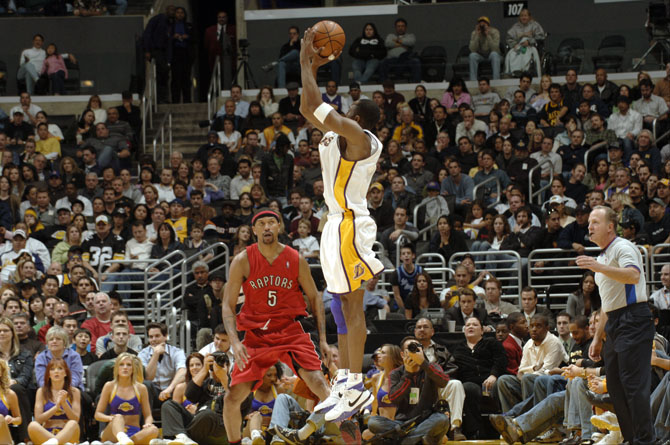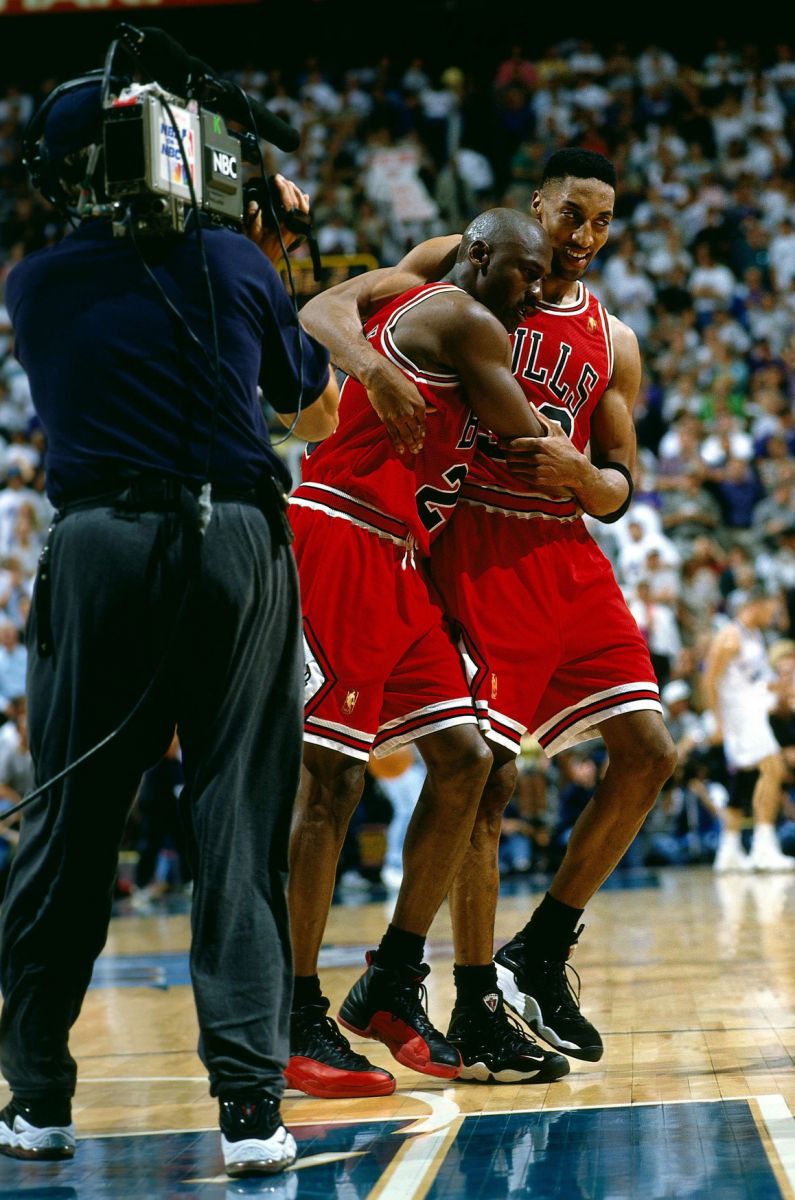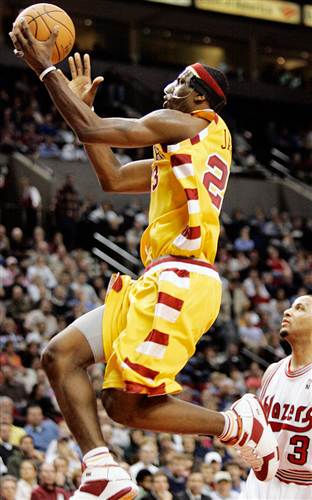
by Zac Dubasik
Today marks the nine-year anniversary of Kobe Bryant dropping 81 against the Raptors – a feat which is objectively the most impressive single-game scoring performance of our current era. It's so impressive that it's only been topped once ever, when Wilt Chamberlain dropped 100 in 1962.
 As a fan of sneakers, the shoe worn during that performance should have elite status. It’s a shoe that we should be anxiously anticipating each and every eventual retro release of, similar to the way we hold the Flu Games in such high regard. Before MJ battled through illness in Game 5 of the 1997 NBA Finals, the Black / Varsity Red 12s were simply the Black / Varsity Red 12s. But that moment, and the shoe that was associated with it, became something bigger following that performance. And the best part of it all? It happened in a sneaker that actually released, which then took on a greater meaning.
As a fan of sneakers, the shoe worn during that performance should have elite status. It’s a shoe that we should be anxiously anticipating each and every eventual retro release of, similar to the way we hold the Flu Games in such high regard. Before MJ battled through illness in Game 5 of the 1997 NBA Finals, the Black / Varsity Red 12s were simply the Black / Varsity Red 12s. But that moment, and the shoe that was associated with it, became something bigger following that performance. And the best part of it all? It happened in a sneaker that actually released, which then took on a greater meaning.
In contrast, there were so many colorways of the Kobe 1, it’s hard to remember the white, purple and black colorway Bryant had on for that 81-point game. It’s even harder to remember when you consider it was a colorway that never came out. Add the fact that there was a long list of player exclusive colorways worn by Bryant that season, and the memories become even more blurred.
By nature, PEs are “exclusive.” And that’s great. It's fun to watch for what new pair Kobe or LeBron may be wearing on any given night. But as fans, we like to share in the experience. That’s the whole point of a signature sneaker - to be able to wear the same thing as the athletes love to watch.
PEs aren’t a new phenomenon. MJ himself wore pairs dating all the way back to the Air Jordan 5. At the time, rather than colorways that weren't available at retail, it was limited to things like his number on the heel - a feature that would eventually find its way to retro releases. Interestingly, the Air Jordan line helped pioneer the trend, when the 9 was worn in team colors, complete with personalization, by players like Penny Hardaway and Nick Anderson.
 Things really began to take off in the early-to-mid 2000s, when more and more unreleased colorways started hitting the court. In fact, LeBron scored his first career triple double in a PE that went on to be nicknamed the "Triple Doubles." (Of course)
Things really began to take off in the early-to-mid 2000s, when more and more unreleased colorways started hitting the court. In fact, LeBron scored his first career triple double in a PE that went on to be nicknamed the "Triple Doubles." (Of course)
The first career triple double for one of the biggest stars of his time is a big deal, but triple doubles aren't exactly unheard of. And while it may have been disappointing to fans to not be able to buy the shoe LeBron wore for this accomplishment, he's had plenty more since. But 81 points is a once-in-a-lifetime accomplishment. Sure, 81 pairs eventually released in an exclusive drop. But manufactured rarity after the fact doesn't have the same impact that a shoe already being worn across the country could have had.
Ironically, PE sneakers even help preserve the legacies of memorable on-court moments as much as the moments make the sneaker. Take the the "Last Shot" Air Jordan 14s - the last sneaker worn by Michael Jordan as a Chicago Bull for example. Both times the shoe has been brought back, in 2005 and again in 2011, we got to re-live the story of MJ’s Final Championship.
There’s no doubt that times have changed. On top of the numerous PEs these signature athletes wear, there’s more colorways releasing than ever before. Maybe things will continue to change, and someday we’ll even see retro Zoom LeBron 2 “Triple Doubles” and “81 Point” Zoom Kobe 1s. But for now, I'm a lot less interested in buying any colorway that actually comes out, knowing they'll likely be wearing something else for their next memorable moment.
